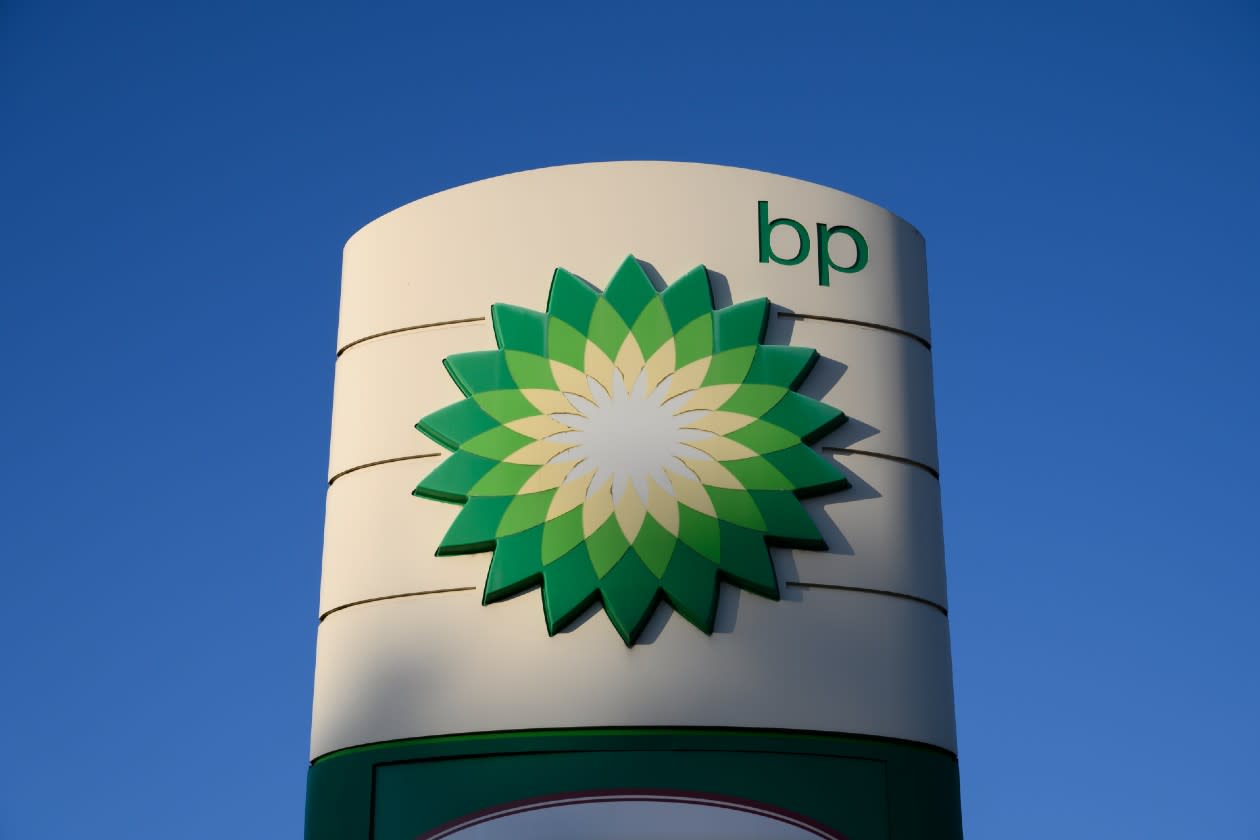BP’s third quarter revenue increased 2.5% to $48.4bn. Underlying operating profit rose 2% to $5.3bn. A recovery in customers & products which suffered from a refinery outage last year, more than offset declines in other divisions which were impacted by lower average commodity prices and a poor result in the group’s oil trading operations.
Free cash flow more than doubled to $4 .4bn reflecting improved cash generation and lower capital expenditure. Net debt was up from $24.3bn to $26.1bn.
After a 3.5% increase in underlying oil & gas output, production is expected to be broadly flat in the final quarter.
BP declared a quarterly dividend of $0.832 per share. A further share buyback of $0.75bn is expected to complete before the next set of quarterly results.
The shares were flat in early trading.
Our view
BP delivered another profit beat in the third quarter, but stubborn debt levels and a static production outlook for the final quarter left investors feeling a little flat on the day.
BP is refocussing on its core competencies of oil & gas extraction and has made some notable progress on fresh discoveries and new project start-ups. Plans to increase long-term production combined with a fresh efficiency drive should help to boost performance. But bringing new production on stream can be a slow process.
As with all natural resource extraction, there’s never any guarantee that new sources of production perform as expected. It also means the company’s future profits remain intrinsically linked to oil & gas prices, over which it has no control. Oil prices are at close to four-year lows, with markets expecting further near-term weakness, a potential headwind for both profit and cash flows.
The company’s efforts to make a success of investments in energy transition technologies have been met with limited success. There are some clear advantages to embracing the rise of electric vehicles, given the company’s existing network of service stations. But recent disposals and exits in areas such as wind power, hydrogen and carbon capture shows management’s commitment to decisive action in refocussing the business.
We’re also supportive of the recent move to cash in on some of its pipeline assets, maintaining a strategic interest while freeing up capital to contribute towards its annual investment target of $13-$15bn, the majority of which is earmarked for exploration and production.
For now, shareholder distributions look to be taking a back seat as BP focuses on bringing down its debt levels. While the dividend yield of 5.6% looks to be sustainable, buybacks are tracking below the levels that shareholders have become accustomed to. As ever, no payouts are guaranteed.
With a clear financial framework now in place, there is scope for distributions to pick up materially further down the line. But that’s not guaranteed as there’s still a way to go to achieve a targeted reduction of net debt to below $18bn by 2027. The $20bn targeted from disposals by 2027 will help, but it’s sustained improvements in underlying cash generation from the business we’d really like to see.
BP’s valuation has strengthened this year on hopes it gets back to basics. That’s been driven not just by financial progress but also exploration success like the Bumerangue discovery in Brazil, the group’s largest in 25 years. But unless that’s matched by improvements in the earnings outlook, we see limited upside potential.
Environmental, social and governance (ESG) risk
Environmental concerns are the primary driver of ESG risk for oil and gas producers, with carbon emissions and waste disposal being the main issues. Health and safety, community relations and ethical governance are also contributors to ESG risk.
According to data from Sustainalytics, BP's overall management of material ESG issues is strong.
It appears to have strong oversight over its key ESG issues. Notably, the company aims to reach net zero emissions across its entire operations (Scope 1 & 2) on an absolute basis by 2050, and net zero for the carbon intensity of sold energy products by 2050.
BP’s recent strategy reset signals a change in approach to the transition. This includes increasing oil and gas investment by around 20% and decreasing investment in the transition business by more than $5bn. The company still aims to meet the net zero targets above.
Persistent controversies relating to environmental breaches continue to expose BP to legal and compliance risks, including significant financial penalties.
BP key facts
All ratios are sourced from LSEG Datastream, based on previous day’s closing values. Please remember yields are variable and not a reliable indicator of future income. Keep in mind key figures shouldn’t be looked at on their own – it’s important to understand the big picture.
This article is original Hargreaves Lansdown content, published by Hargreaves Lansdown. It was correct as at the date of publication, and our views may have changed since then. Unless otherwise stated estimates, including prospective yields, are a consensus of analyst forecasts provided by LSEG. These estimates are not a reliable indicator of future performance. Yields are variable and not guaranteed. Investments rise and fall in value so investors could make a loss.
This article is not advice or a recommendation to buy, sell or hold any investment. No view is given on the present or future value or price of any investment, and investors should form their own view on any proposed investment.


